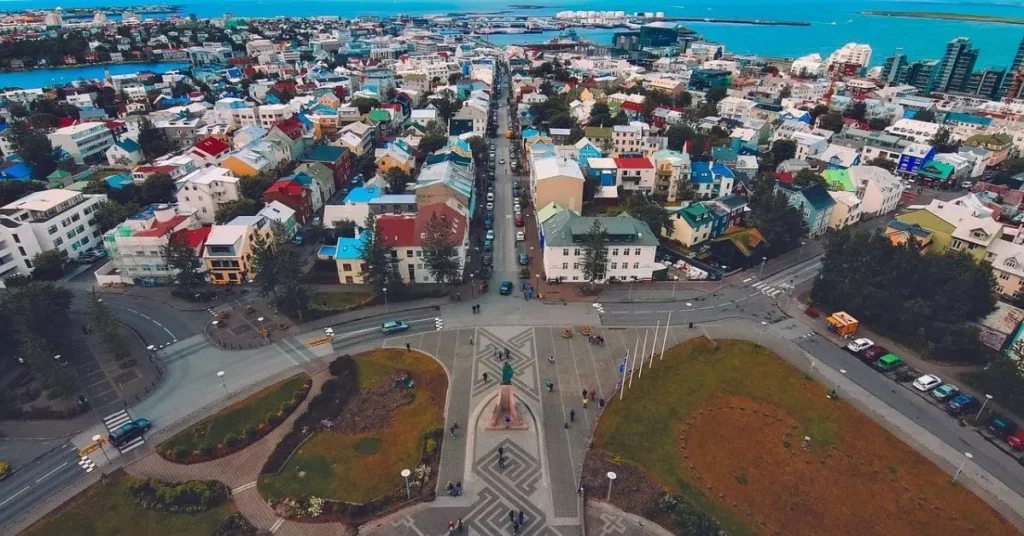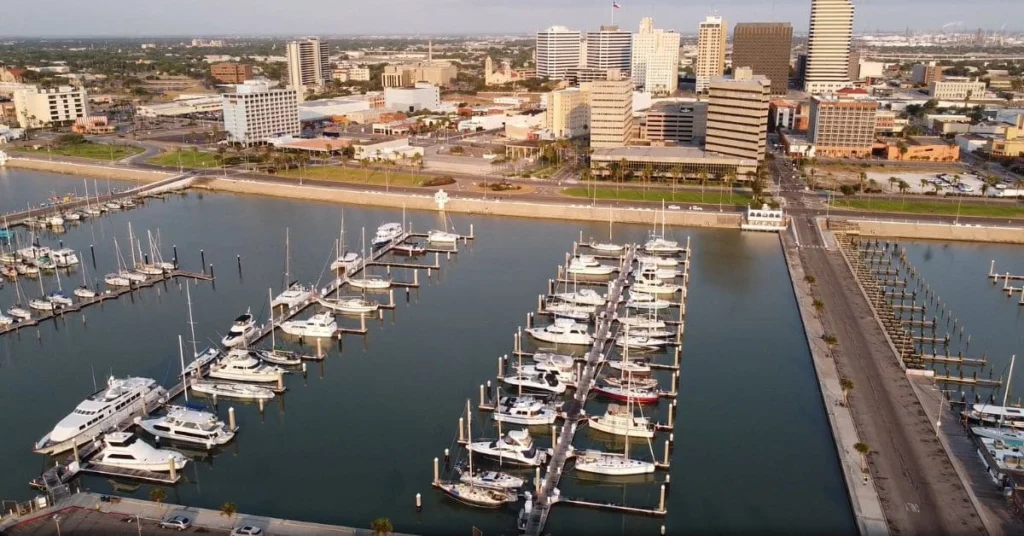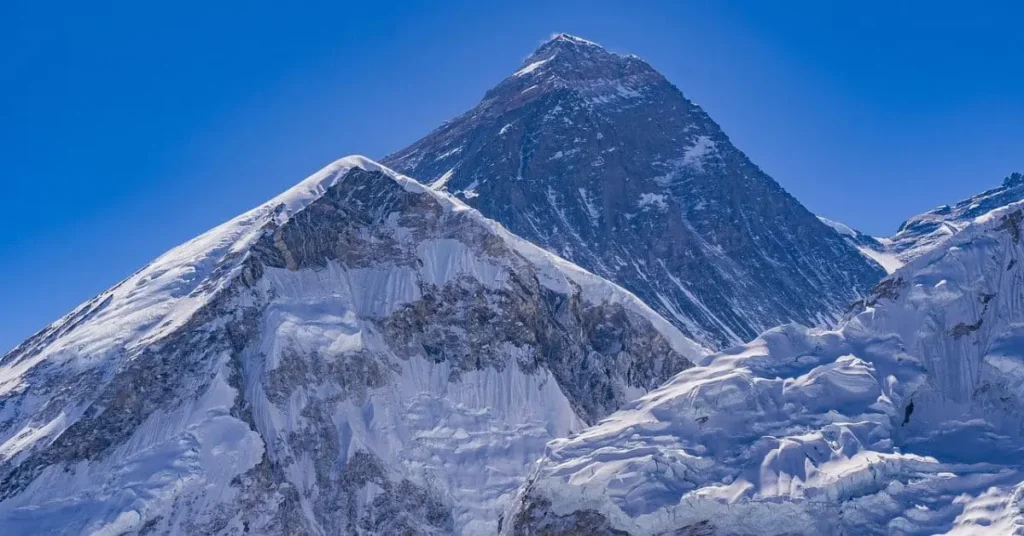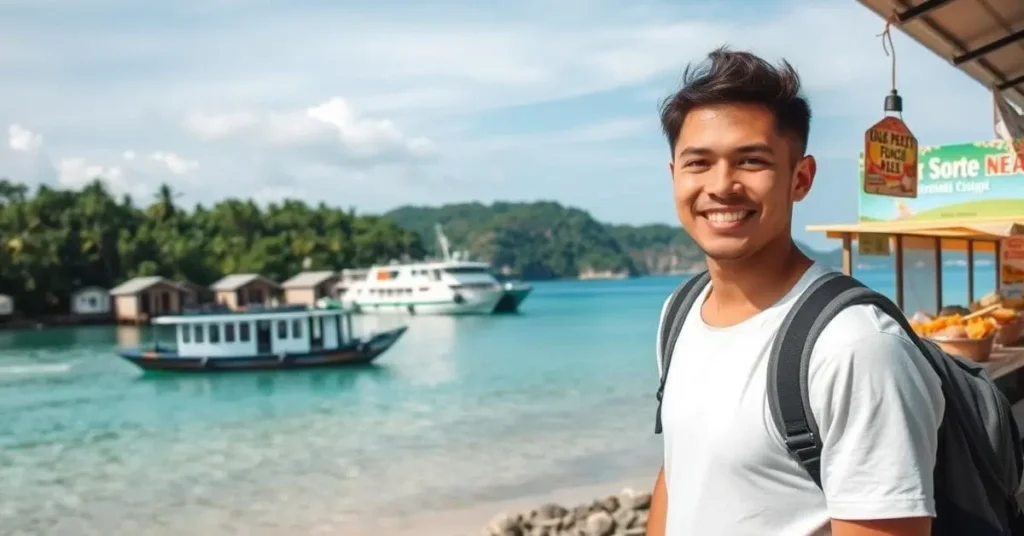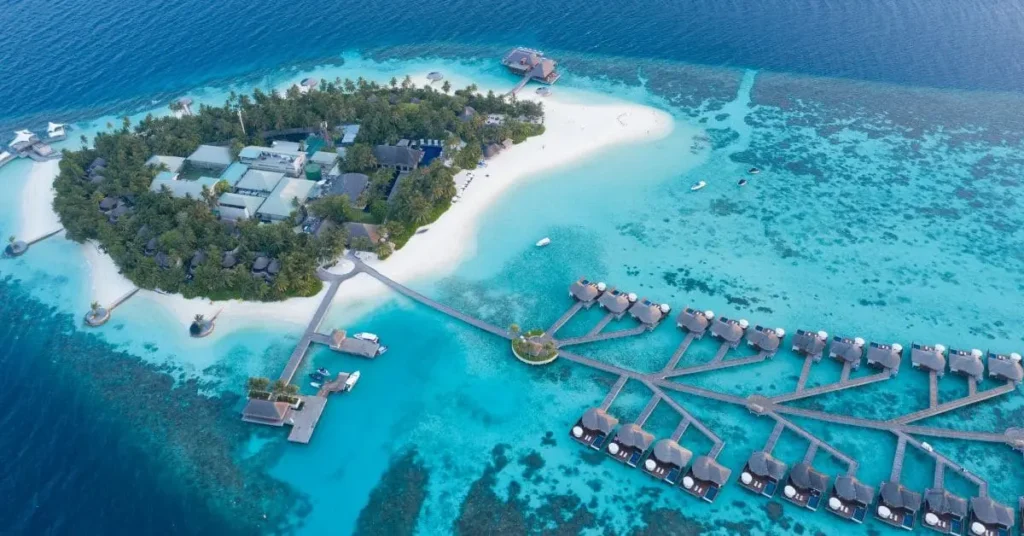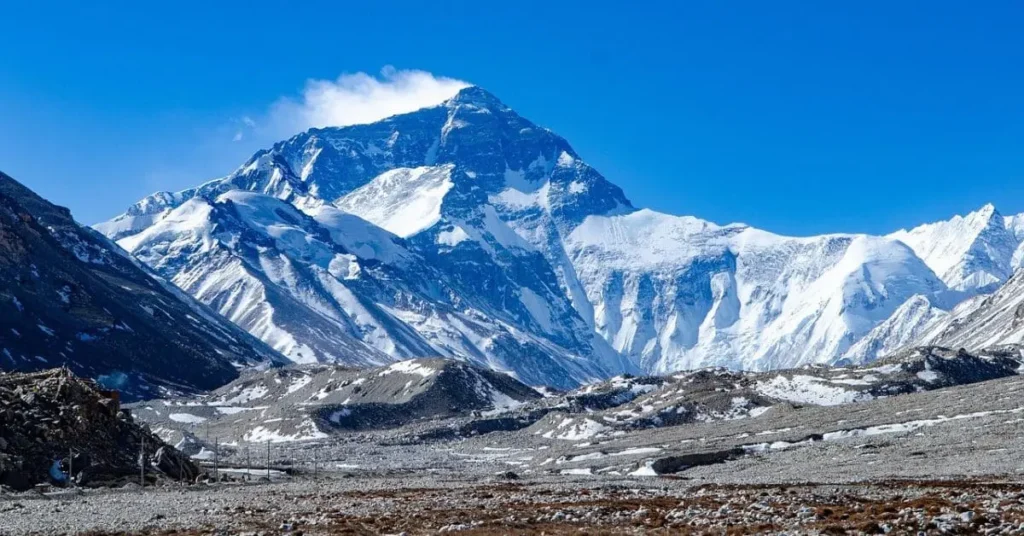Planning a trip to the world’s highest peak? Knowing what is the best time to visit Mount Everest is essential for experiencing clear views, favorable weather, and a smooth journey. Whether you’re trekking to Everest Base Camp, taking a scenic s, or attempting a summit climb, timing plays a crucial role in ensuring a memorable and hassle-free adventure.
Mount Everest’s weather is unpredictable, with each season offering different conditions for travelers. Some months provide crystal-clear skies and breathtaking panoramas, while others bring heavy snowfall or monsoon rains, making travel more challenging.
In this guide, we’ll explore what is the best time to visit Mount Everest, breaking down the ideal seasons for trekking, climbing, and sightseeing. By the end, you’ll have all the information needed to plan your perfect Everest adventure with confidence.
Table of Contents
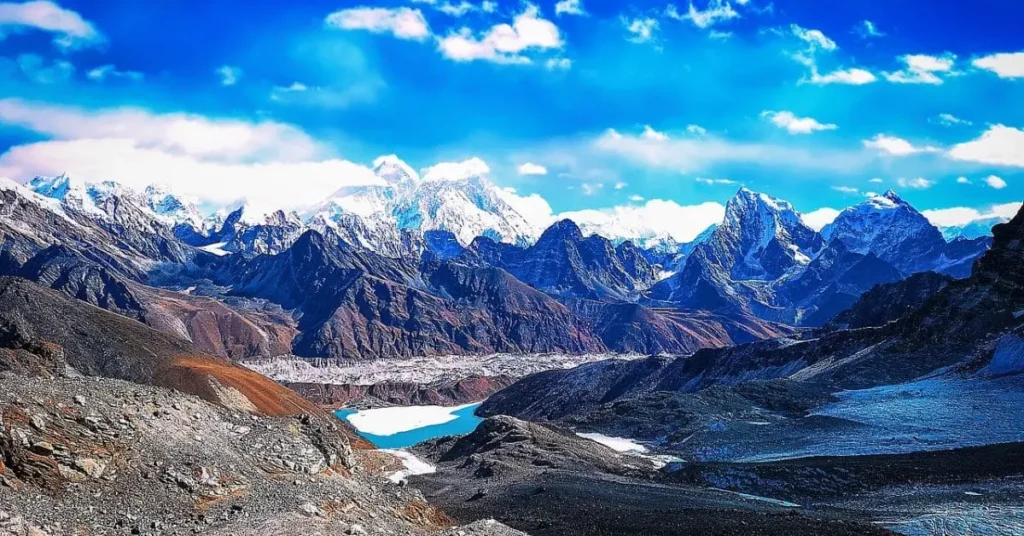
Understanding Mount Everest’s Climate and Seasons
Mount Everest’s extreme altitude and location in the Himalayas create a challenging and unpredictable climate. Whether you’re trekking to Everest Base Camp or planning a summit attempt, understanding the region’s weather patterns is crucial to determining what is the best time to visit Mount Everest for clear views and a safe journey.
Overview of Mount Everest’s Weather Patterns
Mount Everest experiences drastic temperature changes, strong winds, and varying levels of precipitation throughout the year. The higher you go, the colder and more unpredictable the conditions become. Even during the best trekking seasons, temperatures can drop significantly, especially at night.
- At Everest Base Camp (5,364m/17,598ft): Temperatures range from -12°C (10°F) in winter to 15°C (59°F) in warmer months.
- At the summit (8,848m/29,029ft): The temperature can plummet to -60°C (-76°F), with fierce winds exceeding 200 km/h (124 mph).
Understanding these weather extremes helps travelers choose the most comfortable and safest time to visit.
How Altitude Affects Climate Conditions
The high altitude of Mount Everest leads to thin air, lower oxygen levels, and extreme cold. The higher you climb, the more unpredictable the weather becomes. Here’s how altitude affects conditions:
- Lower humidity: The dry air makes dehydration a concern for trekkers.
- Rapid weather changes: Clear skies can turn into storms within hours.
- Stronger UV radiation: Due to the thinner atmosphere, sun exposure is more intense.
These factors mean that travelers must prepare properly, regardless of the season.
Seasonal Variations at Mount Everest
The climate at Mount Everest is primarily divided into four seasons, each with its own impact on trekking, climbing, and visibility.
- Spring (March to May): One of the best times to visit, offering stable weather, mild temperatures, and excellent visibility.
- Summer (June to August): The monsoon season brings heavy rainfall in Nepal and cloud cover, reducing visibility. However, Everest’s northern side (Tibet) remains drier.
- Autumn (September to November): Another peak season with clear skies, fresh air, and stunning views, making it ideal for trekking and sightseeing.
- Winter (December to February): Harsh cold and strong winds make trekking and climbing more difficult, though some travelers still visit for a quieter experience.
By understanding these seasonal variations, you can determine what is the best time to visit Mount Everest based on your travel goals—whether it’s trekking, mountaineering, or simply enjoying breathtaking Himalayan views.
Best Months for Clear Views of Mount Everest
If you’re wondering what is the best time to visit Mount Everest, the answer largely depends on weather conditions, visibility, and your travel goals. Choosing the right season ensures you experience breathtaking views without the disruptions of harsh weather. Some months offer crystal-clear panoramas, while others bring monsoon rains or freezing winds that can obstruct visibility and make travel difficult.
Spring (March to May) – Stable Weather and Vibrant Landscapes
Spring is widely considered one of the best times to visit Mount Everest. The weather is relatively stable, and the skies remain clear, providing excellent visibility of the Himalayas. During this season:
- Temperatures are moderate, making trekking and sightseeing more comfortable.
- The skies are generally clear, offering spectacular views of the mountain.
- Wildflowers bloom in the lower elevations, enhancing the trekking experience.
For those planning a trek to Everest Base Camp or taking a scenic flight, spring provides some of the most picturesque conditions.
Autumn (September to November) – Crisp Air and Stunning Visibility
Another prime season for visiting Mount Everest is autumn. If you’re asking what is the best time to visit Mount Everest for clear skies and stunning landscapes, autumn is an excellent choice. This period offers:
- Crisp, dry air, ensuring maximum visibility of the peaks.
- Mild temperatures, making trekking conditions ideal.
- Minimal precipitation, reducing the chances of cloud cover.
Since the monsoon rains clear the dust and pollution, the air is exceptionally fresh, creating perfect conditions for photography and sightseeing.
Winter and Monsoon Considerations – When to Avoid Visiting
While Everest is accessible year-round, winter and monsoon seasons present significant challenges.
- Winter (December to February): Extreme cold and high winds make trekking difficult. Visibility can be good, but the freezing temperatures deter most travelers.
- Monsoon (June to August): Heavy rainfall leads to cloudy skies, poor visibility, and muddy trails, making it the least favorable time to visit.
If your main goal is to experience the mountain at its most majestic, then what is the best time to visit Mount Everest comes down to choosing either spring or autumn for the best views and most stable weather.
Choosing the Right Season Based on Your Travel Goals
When planning your trip to the world’s highest peak, understanding what is the best time to visit Mount Everest depends on your specific travel goals. Whether you’re an adventure seeker aiming for a challenging trek, a photographer looking for crystal-clear views, or a casual traveler wanting a comfortable experience, each season offers unique advantages and challenges.
Best Season for Trekking to Everest Base Camp
For trekkers, choosing the right season is crucial for a successful and enjoyable journey. The best months for trekking to Everest Base Camp are spring (March to May) and autumn (September to November).
- Spring: This season offers moderate temperatures, stable weather, and blooming rhododendrons, making it one of the most scenic times to trek.
- Autumn: With crisp, dry air and post-monsoon clarity, this is another ideal season, providing excellent visibility and comfortable conditions.
If you’re asking what is the best time to visit Mount Everest for trekking, either of these seasons will provide the best experience with safer trails and clear mountain views.
Best Season for Summit Climbers
For those attempting to climb Mount Everest, the best window for summiting is late April to May. This period is known as the summit season due to its:
- Relatively stable weather with lower wind speeds.
- Warmer temperatures compared to other months at high altitudes.
- Lower risk of sudden storms compared to winter or monsoon seasons.
Summiting in autumn is also possible but less common due to stronger winds and colder temperatures.
Best Season for Scenic Flights and Photography
If your goal is to witness Everest’s grandeur from a scenic flight or take breathtaking photographs, the best time is autumn (September to November) and spring (March to May). These seasons provide:
- Clear, unobstructed views of the mountain range.
- Golden morning light and vibrant landscapes.
- Minimal cloud cover, perfect for aerial photography.
Winter can also provide stunning, snow-covered views, but flights may be more prone to cancellations due to unpredictable weather conditions.
Best Season for a Quiet Experience
If you prefer fewer crowds and a more peaceful journey, winter (December to February) can be an option. While it comes with colder temperatures and challenging conditions, it also offers:
- Fewer trekkers on the trails, providing a more tranquil experience.
- Snow-covered landscapes for a unique Everest experience.
- Possibly clearer skies in early winter before snowfall increases.
However, winter is not ideal for those sensitive to extreme cold or looking for an easy trek.
What is the best time to visit Mount Everest depends on your personal preferences and travel goals. Whether you’re trekking, climbing, flying, or capturing the beauty of Everest through photography, selecting the right season ensures the best possible experience.
Travel Essentials for Visiting Mount Everest
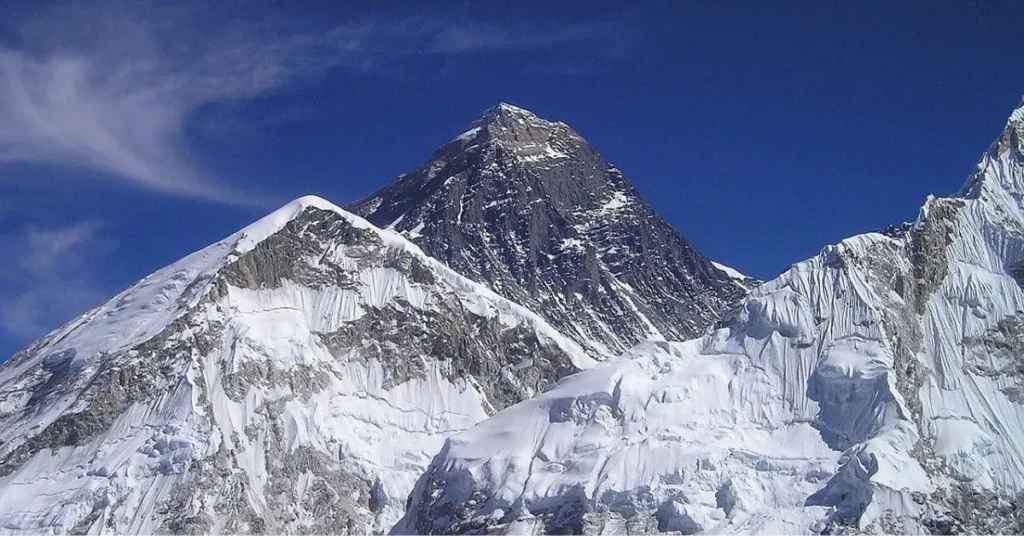
When preparing for a trip to Mount Everest, one of the most important factors to consider is what is the best time to visit Mount Everest. The time of year can impact everything from the weather to the types of gear you’ll need. Regardless of the season, being well-prepared with the right travel essentials will ensure your safety and comfort while exploring this majestic peak. Whether you’re trekking to Everest Base Camp, taking a scenic flight, or attempting the summit, having the right gear is crucial to making the most of your experience.
Proper Clothing and Gear for Extreme Conditions
When considering what is the best time to visit Mount Everest, understanding the climate helps determine the kind of clothing and gear you’ll need. At high altitudes, weather conditions can be harsh, and temperatures can vary drastically. Even in the best conditions, it’s essential to be equipped with the right clothing.
- Layered Clothing: Packing layers ensures that you can adjust to changing conditions. Moisture-wicking base layers, warm mid-layers like fleece or down, and a weatherproof outer layer will keep you comfortable.
- Thermal Underwear and Gloves: Thermal underwear is necessary to stay warm during colder evenings and mornings. Additionally, insulated gloves will protect your hands from the biting cold winds at high altitudes.
- Sturdy Hiking Boots: The right footwear is critical when trekking in rugged terrain. Choose waterproof, insulated boots that offer solid ankle support and are designed for steep ascents and descents.
- Headwear: A hat or beanie is essential for warmth, and a scarf or balaclava can protect your face from windburn and frostbite.
Essential Trekking and Climbing Equipment
For travelers wondering what is the best time to visit Mount Everest to tackle a trek or even summit the peak, specialized equipment is essential. Depending on your goals—whether it’s to reach Everest Base Camp or climb the summit—you’ll need different types of gear.
- Trekking Poles: Trekking poles provide extra stability on uneven surfaces and reduce strain on your legs during long days of walking.
- Backpack and Hydration Pack: A durable backpack for storing essential items, such as water, food, and a first-aid kit, is necessary. A hydration pack allows easy access to water during treks.
- Sleeping Bag and Mat: A high-quality sleeping bag is crucial for staying warm at high altitudes. Consider one that is rated for extreme cold temperatures. A sleeping mat will provide insulation from the freezing ground.
- Climbing Gear: For climbers heading to Everest’s summit, equipment like crampons, ropes, and ice axes is essential. These tools help navigate the challenging conditions above Base Camp.
Health and Safety Essentials
Understanding what is the best time to visit Mount Everest also involves preparing for the health risks associated with high-altitude travel. Altitude sickness, dehydration, and the cold can pose serious risks, so having the right health essentials is critical.
- Altitude Medication: As you ascend, the lower oxygen levels can cause altitude sickness. Medication like Diamox can help prevent symptoms, but it’s important to consult with a healthcare provider before your trip.
- Water Purification System: At higher elevations, access to clean water can be limited. Carrying a water purification system or tablets ensures you stay hydrated and safe.
- First Aid Kit: Your first aid kit should include essentials such as bandages, antiseptic wipes, pain relievers, blister treatments, and any personal medications you might need.
- Sunscreen and Lip Balm: The sun’s rays are more intense at high altitudes, so protecting your skin and lips with sunscreen and SPF lip balm is essential to avoid sunburn or windburn.
Documentation and Permits
Before traveling, ensure you have the correct permits and documentation for your Mount Everest adventure. Your trip’s timing will also determine which permits are required.
- Travel Permits: To trek to Everest Base Camp or beyond, you’ll need a TIMS (Trekkers’ Information Management System) card and a Sagarmatha National Park permit. Climbers attempting to summit the peak must secure a special climbing permit from the Nepalese government or the authorities in Tibet.
- Passport and Visa: Ensure your passport is valid for at least six months beyond your travel dates. You’ll need a visa to enter Nepal, which can be obtained either upon arrival or in advance.
Miscellaneous Travel Items
There are several additional items that can improve your experience while visiting Mount Everest, regardless of the season.
- Camera and Batteries: Don’t forget to capture the breathtaking views! A camera with extra batteries is essential, as cold temperatures can drain battery life quickly.
- Snacks and Energy Foods: Long trekking days require energy, so bring snacks like nuts, granola bars, and dried fruit to keep your energy up.
- Portable Power Bank: Electricity can be scarce in remote areas, so carry a power bank to charge your devices when needed.
When considering what is the best time to visit Mount Everest, understanding the climate and preparing appropriately is key to ensuring a successful and memorable journey. By packing the right clothing, gear, and essentials for your specific goals—whether trekking, summiting, or simply enjoying the views—you’ll be ready for an unforgettable adventure in the shadow of the world’s tallest peak.
Final Tips for Planning Your Everest Adventure
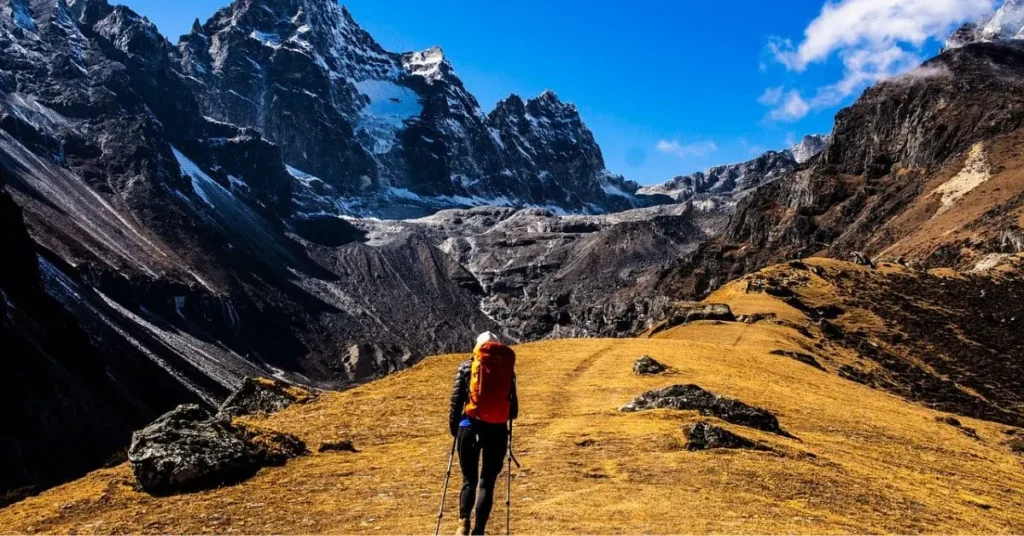
Planning a trip to Mount Everest is an incredible journey, but it requires careful consideration and thorough preparation. Whether you’re trekking to Everest Base Camp or aiming for the summit, your experience will be influenced by various factors, including what is the best time to visit Mount Everest. Timing, preparation, and flexibility will determine the success of your adventure. Here are some final tips to help you get the most out of your Everest journey.
Set Realistic Expectations
When considering what is the best time to visit Mount Everest, it’s essential to set realistic expectations for yourself based on your fitness level, experience, and the type of adventure you’re planning. Mount Everest is one of the most challenging environments on Earth, and understanding your capabilities will help you avoid disappointment.
- Trekking to Everest Base Camp is more accessible for most trekkers, requiring good physical conditioning and an ability to cope with high altitudes. However, even this trek demands preparation for cold weather, unpredictable conditions, and long days of walking.
- Summiting Mount Everest is a much more demanding undertaking. This requires technical climbing skills, mountaineering experience, and extensive training. It’s a long and dangerous journey that should not be taken lightly.
If your goal is to experience Everest’s breathtaking views, you may want to consider trekking to Base Camp. What is the best time to visit Mount Everest for clear views? The spring and autumn months are ideal for clear skies and more stable weather. However, summiting requires a much greater commitment to training, acclimatization, and a longer time frame.
Prioritize Acclimatization
No matter when you decide to visit, one of the most important aspects of your journey is proper acclimatization. As you consider what is the best time to visit Mount Everest, remember that altitude sickness is a serious risk, especially at higher altitudes.
- Slow and Steady Ascent: Regardless of whether you’re trekking or climbing, gradual acclimatization is vital. Spending extra time at lower altitudes to allow your body to adjust to the thin air will help prevent altitude sickness.
- Rest Days: Schedule rest days during your trek to Everest Base Camp or while ascending higher altitudes. These breaks allow your body to acclimate to the environment, especially above 10,000 feet, where oxygen levels are lower.
If you’re trekking at the right time of year, particularly in spring or autumn, you’ll find more stable weather for rest periods and acclimatization. The best months for trekking coincide with favorable weather conditions, reducing the risk of severe altitude sickness.
Be Prepared for Unpredictable Weather
Another aspect of planning your Everest adventure is recognizing that weather conditions can change quickly, regardless of what is the best time to visit Mount Everest. It’s critical to prepare for all types of weather, from clear skies to snowstorms.
- Spring and Autumn: These seasons are known for being the best time to visit Mount Everest, providing the clearest views and milder temperatures, but still be ready for unexpected snowstorms or high winds.
- Winter and Summer: Winter is very cold, and while the summer months bring more rainfall, both can bring extreme weather that may disrupt your plans. Always check the forecasts regularly.
Due to the unpredictable nature of the climate, having extra days built into your itinerary will give you more flexibility to adapt if conditions worsen unexpectedly.
Pack the Right Gear
One of the most important aspects of preparing for what is the best time to visit Mount Everest is making sure you have the right gear. High-altitude travel requires specialized equipment to keep you safe and comfortable during your trek or climb.
- Clothing: Layering is essential to deal with the temperature swings. Pack moisture-wicking base layers, an insulating mid-layer like fleece, and a weatherproof outer layer to shield you from the wind and rain.
- Climbing Gear: For those aiming to summit, don’t forget climbing essentials like crampons, ropes, and ice axes. Even if you’re not summiting, trekking poles, sturdy boots, and a good-quality sleeping bag are must-haves.
- First-Aid Kit and Medication: Bring a comprehensive first-aid kit, especially if you’re trekking or climbing at high altitudes. It’s also wise to consult with a doctor about medications to prevent altitude sickness, such as Diamox.
Timing your trip around what is the best time to visit Mount Everest will affect what gear you need as well, as cold-weather gear is essential year-round, but additional items may be needed for the rainy season in summer.
Make Sure You Have the Right Permits and Documentation
To trek or climb Mount Everest, you’ll need to have the proper documentation. Understanding what is the best time to visit Mount Everest means preparing all the necessary permits for your adventure.
- Trekkers’ Information Management System (TIMS) Card and National Park Permit: If you’re trekking to Base Camp, these permits are required and can be obtained in Kathmandu or at the entrance of the park.
- Climbing Permits: If you’re attempting to summit, a climbing permit issued by the Nepalese government is necessary. These are expensive and require more preparation, including guides and sherpas.
The timing of your visit will influence the availability and processing time for permits, as the spring and autumn months are the most popular and can lead to longer wait times.
Be Ready for Physical and Mental Challenges
Even if you’re trekking during what is the best time to visit Mount Everest, it’s essential to mentally and physically prepare for the challenges you will face. The trek to Everest Base Camp is long and strenuous, and the path to the summit is grueling.
- Physical Preparation: Engage in a training program that prepares you for long days of hiking with a loaded backpack. Endurance training, as well as strength exercises for your legs and core, will help you cope with the demands of the trek.
- Mental Toughness: The mental challenge is often just as intense as the physical. Be prepared for fatigue, altitude sickness, and moments of self-doubt. Being mentally tough and having the right mindset can make all the difference on your journey.
By understanding what is the best time to visit Mount Everest, preparing for physical and mental challenges, and taking the necessary precautions, you’ll set yourself up for success in one of the most extraordinary places on Earth.
When planning your adventure to Mount Everest, what is the best time to visit Mount Everest is a key factor in ensuring the best possible experience. Whether you’re trekking to Base Camp or aiming for the summit, a well-prepared journey can make the difference between an unforgettable adventure and a challenging, risky endeavor. With careful planning, realistic expectations, and the right gear, you’ll be able to experience Mount Everest’s awe-inspiring beauty while staying safe and comfortable.
Conclusion
In conclusion, answering what is the best time to visit Mount Everest largely depends on your goals, whether you’re looking to trek to Base Camp or aiming to summit. Both spring (March to May) and autumn (September to November) offer the best weather for clear views, with stable conditions and breathtaking vistas of the majestic mountain. These months provide the perfect balance of weather, visibility, and accessibility, allowing you to fully appreciate the grandeur of Everest.
However, it’s essential to plan carefully, taking into account your fitness, experience level, and preparation for high-altitude conditions. The right time to visit will ensure not only clear views but also a safer and more comfortable experience, whether you’re trekking or climbing.
By understanding the seasonal nuances, prioritizing acclimatization, packing appropriately, and adjusting your plans according to weather forecasts, you’ll set yourself up for a successful adventure. The time you choose to visit Mount Everest will shape your journey, so take the time to prepare and make the most of this once-in-a-lifetime experience.

